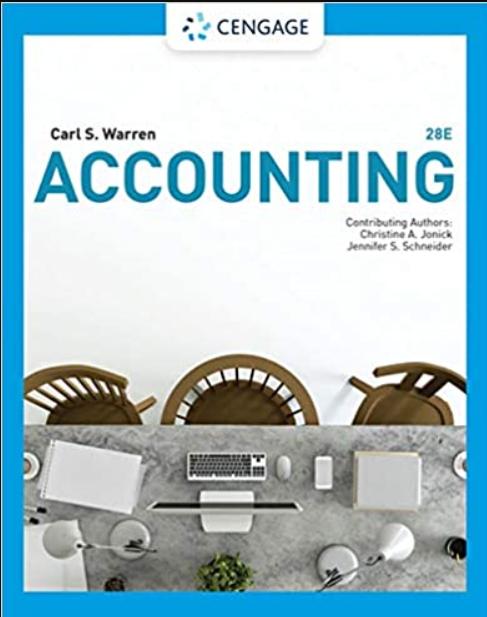Answered step by step
Verified Expert Solution
Question
1 Approved Answer
II. Comments. (a) The theorem shows that starting with an arbitrary function yo(.x) C(I) and calculating the sequence of successive approxima. tions given by Yk+10.7)

Step by Step Solution
There are 3 Steps involved in it
Step: 1

Get Instant Access with AI-Powered Solutions
See step-by-step solutions with expert insights and AI powered tools for academic success
Step: 2

Step: 3

Ace Your Homework with AI
Get the answers you need in no time with our AI-driven, step-by-step assistance
Get Started


